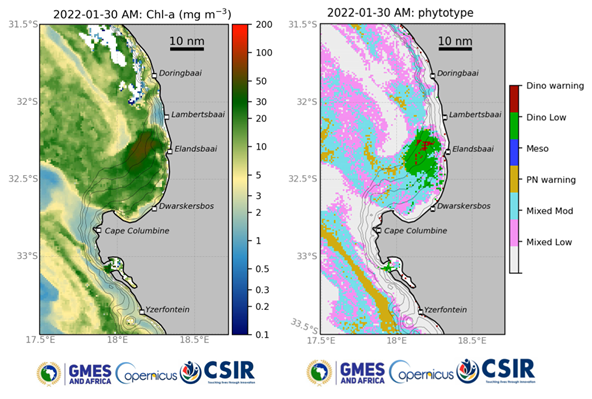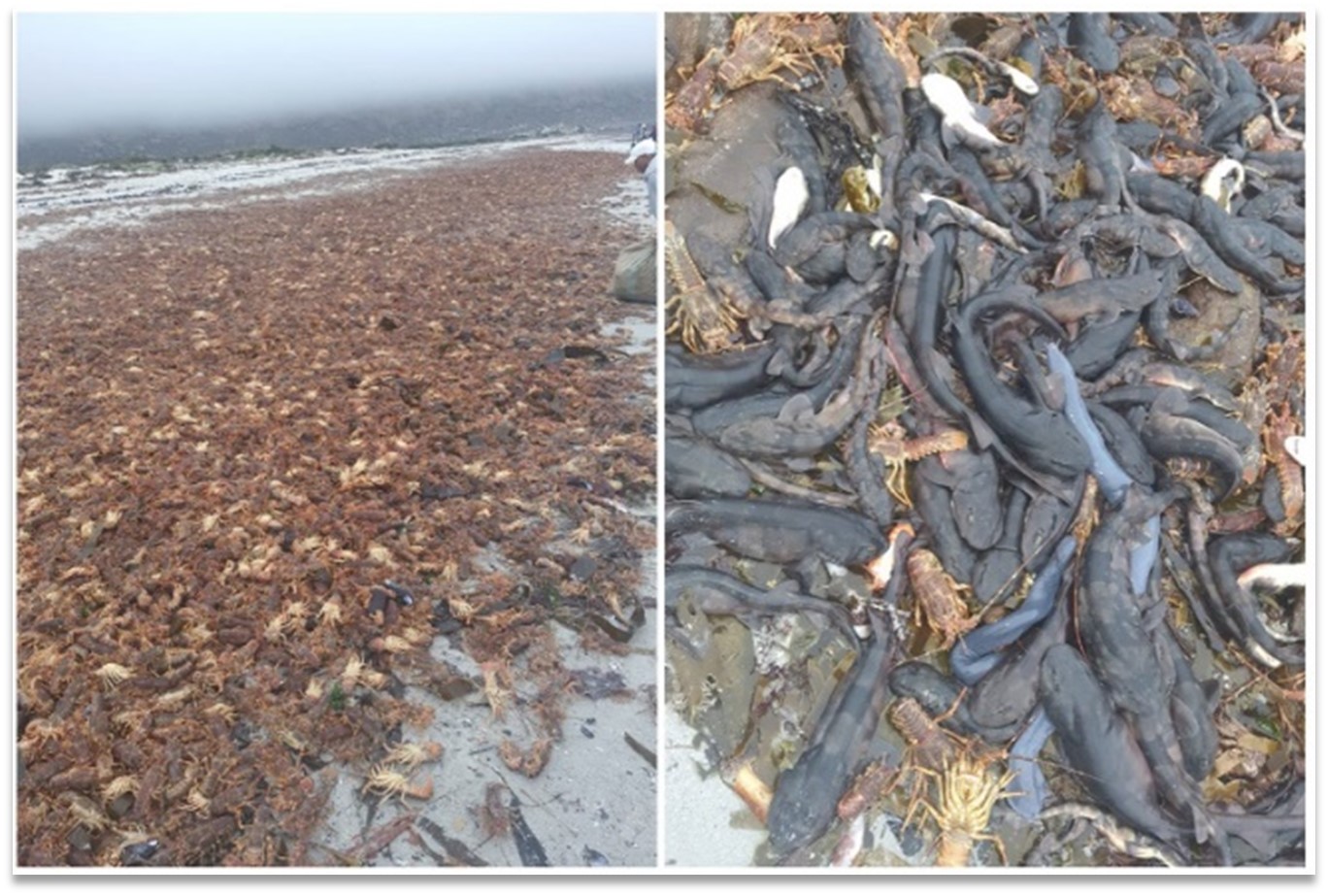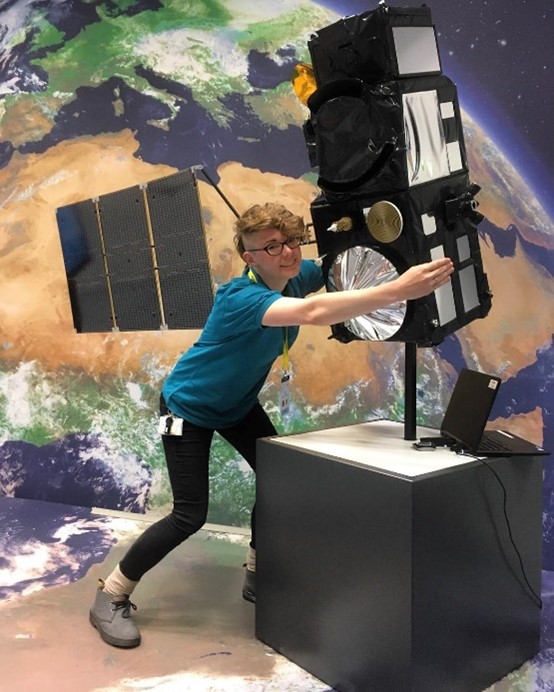

Ocean Colour Scene
What colour is the ocean? On the face of it, this seems like an obvious question, with an obvious answer.
But is it really blue? Take a glance through literature, paintings, or even think back to any coastal walk and you’ll know this is a simplification.
The colour we perceive is a combination of influences from various things that constitute ocean waters, as well as our human visual system. Pure water, in significant depth, mostly reflects light that we perceive as blue. That’s because the longer red, orange, yellow and green wavelengths of visible sunlight are absorbed more effectively by the water, and the shorter blue wavelengths get scattered back to the surface.
From turquoise tropical waters, to sapphire, cobalt and cerulean blues, the ocean takes on many hues. But it can also turn more worrying colours such as red or green. Any changes in colour that we perceive with our eyes can be much more finely monitored using satellite-based radiometers. And satellite ocean colour can tell us more about how our planet functions, revealing what lies beneath the waves.
So, what does a green ocean tell us? This may be something we can all intuitively understand. On land, if we see green, most likely we’d think of plants. The ocean is not so different. Tiny photosynthetic organisms called phytoplankton play the same role as land-based plants — absorbing carbon dioxide, releasing oxygen, and providing food for the vast majority of other organisms. These tiny creatures produce the oxygen in every other breath we take, and are the food for all the fish and seafood we consume. They can also grow to extreme levels when our oceans are polluted by our activities on land. Excessive fertiliser use for example can drive algal blooms in our coastal seas. This can create various health hazards for humans and marine life, affecting tourism, fisheries, and aquaculture.

© EUMETSAT
It is the chlorophyll-a pigment that gives phytoplankton blooms their characteristic green colour. However, in high concentrations or as the result of specific pigments, blooms can also turn the oceans dark red. If you’ve become sick after eating shellfish, a red tide or “Harmful Algal Bloom” could be to blame.

© Marie Smith (CSIR)
These huge phytoplankton blooms can also cause deoxygenation when they crash and the organisms die off. Organisms that cannot escape the low oxygen waters can die, whilst others are forced to walk onto shore e.g. lobsters. These blooms can affect both human health and economically important aquaculture and fisheries.

© Ffion Atkins
It’s not just marine life that affects the oceans’ colour. Sediments, either from rivers or resuspended due to storms or human activities, change the colour perceived by us, and measured by satellites. Sediments can affect the light environment that many marine species experience, threatening their health. Information on sediment distribution can also provide us with information about the impacts of storms, flooding and help us to plan our interactions with the marine environment to be more sustainable.
© EUMETSAT
Going back to the ocean being blue — a blue ocean doesn’t necessarily mean there’s nothing except water present. Bright blue ocean waters can also be indicative of other types of life, with an additional role to play in our planetary system. Coccolithophores are a type of phytoplankton that grow shells made of calcium carbonate. They are beautifully intricate, and are part of what makes cliffs, like those at Dover, white. However, they also play a vital role in our ocean carbon cycle. As such, monitoring these blooms is key to understanding how the cycle functions and how it may change under anthropogenic climate change.
©EUMETSAT
Unusual blue waters around Scotland's Isle of Arran were photographed and reported by Lucy Wallace. Checking satellite imagery supported the identification of the bloom as a type of coccolithophore, which was later confirmed by in situ samples.
© EUMETSAT (left) and © Lucy Wallace (right)
Ocean colour is an area of much ongoing research with new insights continually being gained and converted to societally relevant decision making. So next time you are by the sea ask yourself, what is the colour telling me? And maybe check to see what else a satellite can reveal!
About the author


Dr Hayley Evers-King is the lead marine applications expert at the European Organisation for the Exploitation of Meteorological satellites (EUMETSAT).
She coordinates and delivers user support and training on ocean applications of satellite data, and manages feedback between users and operational satellite agencies, mostly in support of the European Commission Copernicus Programme.
She is a keen programmer, focusing exclusively on open source tools, and a passionate science communicator seeking novel ways to use new media to share science with new satellite data users and the public.




